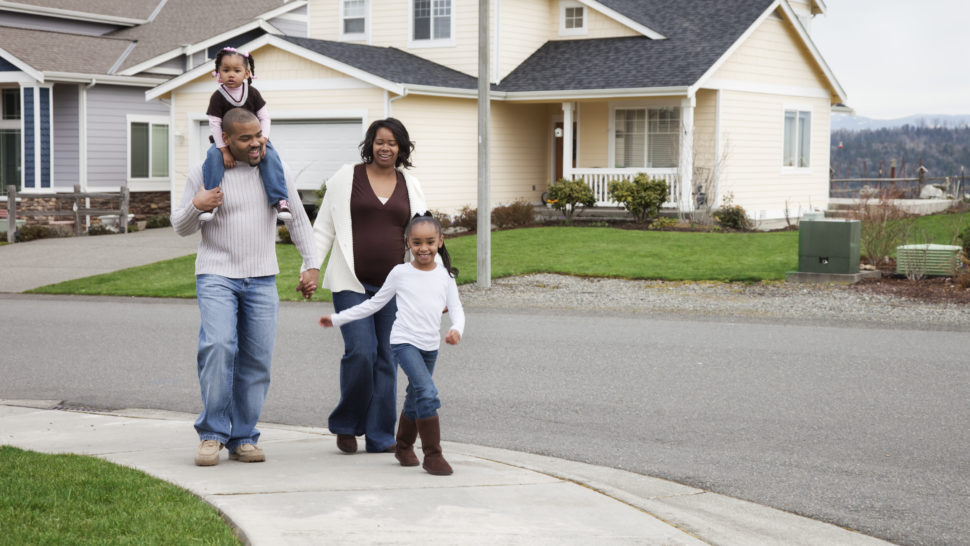New Housing Report Details Growth For U.S. Condos and HOAs


Condominium communities and homeowners associations continue to be a popular form of housing for many Americans, according to a new report published by the Foundation for Community Association Research. The 2020-2021 U.S. National and State Statistical Review for Community Association Data shows that 74.1 million Americans, or roughly 27% of the U.S. population, now live in a homeowners association, condominium community, or housing cooperative, collectively referred to as community associations or planned communities.
There are around 355,000 community associations in the U.S. as of 2020, according to the Foundation’s estimates. Homeowners associations account for 58%–63% of the total, followed by condominium communities with 35%–40%, and cooperatives at 2%–4%. Estimates show the value of homes in community associations is nearly $9.2 trillion.
Industry experts say healthy reserve funds are essential for community associations, especially in the wake of the partial collapse of Champlain Tower South condominium in Surfside, Fla., in late June. The new report shows that about $25.8 billion in assessments are contributed to association reserve funds for the repair, replacement, and enhancement of common property, e.g., replacing roofs, resurfacing streets, repairing swimming pools and elevators, meeting new environmental standards, and implementing new energy-saving features.
For more than 40 years, the Foundation has published the U.S. National and State Statistical Review for Community Association Data as part of the Community Association Fact Book. The report is the only one of its kind—using American Community Survey (ACS) and American Housing Survey (AHS) data to better align state-level community association research.
According to the report, California leads the nation with 49,520 associations, home to 14 million residents. Florida has the second-most associations with 48,940, followed by Texas (21,470), Illinois (18,830), North Carolina (14,300), and New York (14,030). Last year, there were roughly 355,000 community associations in the U.S., and the Foundation estimates that number in 2021 has increased to between 356,000 and 358,000.
Community associations have been growing consistently and successfully for decades. The overwhelming majority (89%) of homeowners and condominium association residents rate their overall experience living in a community association as “very good” (40%), “good” (30%), or “neutral” (19%), according to the 2020 Homeowner Satisfaction Survey, also produced by the Foundation.
Since its inception, this exclusive report by the Foundation has been sourced by community association stakeholders such as homeowners, board members, and management professionals as well as attorneys, accountants, developers, mortgage lenders, federal agencies, and public officials—all who work with the Foundation and Community Associations Institute (CAI) to build better communities.
The report details top reasons for the growth of community associations:
▪ The value of collective management. Americans largely have accepted the collective management structure of community association living, where association boards are made up of democratically elected homeowners who voluntarily serve their communities. The research shows there are 2.4 million community association board and committee members in the U.S. performing 97.6 million hours of volunteer service annually.
▪ Privatizing public functions. With many local municipalities facing fiscal challenges, communities often are developed with the stipulation that the builder create an association that will assume many responsibilities that traditionally belonged to local and state governments (e.g., road maintenance, snow and trash removal, and stormwater management). According to the report, 75% of new housing built for sale is in a community association—with homeowners contributing $103.2 billion in assessments to fund essential maintenance.
▪ Expanding affordable housing. There has been a consistent effort to increase the percentage of homeowners in the U.S., and since the 1960s, condominiums have served as lower-cost entry housing, especially for first-time homebuyers. Condominium communities account for 35%–40% of the reported total of community associations.
To view the full report, visit foundation.caionline.org.
HOAresources.com explores questions and comments from community association members living in condominiums, homeowners associations, and housing cooperatives. We then assemble trusted experts to provide practical solutions to your most commonly asked, timely questions. We never use real names, but we always tackle real issues. Have a question or comment about your community association? Submit here for consideration:
Join CAI’s online community for access to the industry’s most in-demand community association resources.
Thousands of your peers are sharing advice.
Amy Repke, Vice President, Communications & Marketing. Amy brings more than 20 years of experience to CAI. Her communications career began in television news where she worked as a producer, writer, and assignment manager for local and network news channels. Amy has been nominated for four Washington Regional Emmy awards for writing and producing. Amy is a graduate of Old Dominion University and received a master's degree in Strategic Public Communications from American University.